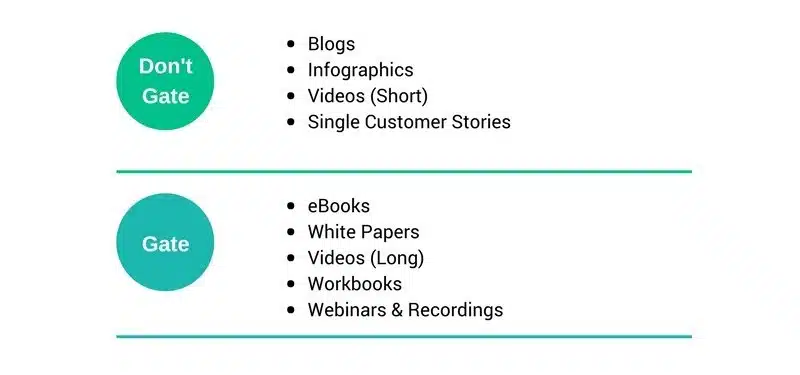A drip marketing campaign is one of the most effective tools to connect with prospects and customers. The ability to target and deliver personalized messages at the most opportune moments increases your odds of success. Drip email marketing generates 80% more sales at 33% lower costs, as per a recent study by Email Monks. Before we talk more about drip market campaigns, let’s trace the origin of the word ‘drip campaign’ and how it came to be.
Drip Marketing Campaign: Story of WinSales
The story of the first drip marketing campaign is as fascinating as the technique itself. Bill Persteiner, a software engineer by profession, was tired of his contract programming services business at CNA in 1991. Bill was keen to use his experience acquired at Microsoft to develop a software product.
Bill soon came up with the idea of creating a WinSales – a sales automation package. He began developing WinSales in his spare time and quit his job in April 1992 to devote his time to WinSales.
By May 1992, Bill had a working prototype of the product. While Bill understood the information needs of the sales team, he wanted to develop a unique selling strategy for the sales automation package. He contacted SAS guru Rich Boehm for advice. Rich recommend Bill to Jim Cecil.
Jim Cecil was considered an expert in synthesizing client communications, which both Bill and Jim would later refer to as ‘drip marketing.’ Jim developed a smart customizable information path which he referred to as an ‘action plan.’ ‘Action Plan’ allowed sales representatives to optimize the relationship based on industry, title, interest level, company status, and other factors. The product also allowed the sales representative to segment contacts into prospects and customers.
WinSales, despite being a great product, failed as the founding team agonized over their marketing campaign, consisting of magazine advertising and trade show exhibitions.
What is a Drip Marketing Campaign?
A drip marketing campaign sends ‘drips,’ a pre-written set of messages, to users over time. The messages would be automatically sent based on time or triggers devised on user behavior. The principles of drip marketing have also been adapted to social media and direct mail besides email.
Drip marketing campaigns are effective as they deliver the right information at the right time. The content delivered via drip marketing campaign is triggered based on how users interact with the brand and whether they are part of the sales cycle.
For instance, let’s say a user watches a product video on your website to at least 80% completion – this means that the user has shown a clear intent to learn about the product. In this case, the goal of your drip marketing campaign would be to educate the user further, provide value and help them overcome certain aspects of their problem while making a case for choosing your company.
You can break down the drip marketing campaign sequence for this use case as follows:

Types of Drip Marketing Campaigns
Brand Recall Drips
Brand recall drip campaigns help your brand to keep the leads engaged throughout the sales process.
Competitive Drips
Competitive drips target customers using your companies competitor with the benefits of switching to your product or service.
Educational Drips
Educational drips provide relevant educational information about your product or service to prepare your prospects for purchase.
Re-engagement Drips
Re-engagement drips are intended to win back the interest of colder leads in your database.
Sales Promotion Drips
Promotional drips entice customers with limited-run promotions and special pricing offers.
Training / Onboarding Drips
Training/onboarding drips can be used internally or for new clients to move readers through a training program. Training drips can also be used to increase the adoption of new features or services.
Drip Marketing Campaign Best Practices
Progressive Profiling
More form fields can decrease lead conversions. Therefore, you shouldn’t ask a new lead for too much information on the first visit. Progressive profiling lets you gain intelligence about the lead without gradually impacting engagement.
Using progressive profiling, you gradually learn more about a lead without them leaving your website sooner than expected. When visitors visit your landing page for the first time, they are only required to answer a few fields with progressive profiling. The next time the same visitor fills out a form, you replace the form fields with new form fields to gain additional lead intelligence. Progressive profiling is effective in account-based marketing when building your lead data without being intrusive or annoying.
To Gate or Not Gate
Gated content can’t be accessed until the user provides some information in return. Non-gated content is freely available for access. So how do you decide whether you need to gate the asset?
Don’t gate any asset that belongs to the top of the funnel or is part of the education process. For time-intensive or authoritative assets, consider using a form to capture leads.

Know your customer
Tailor your campaign so that they target each segment of your prospect list with a precise, personal message. The broader your segmentation, the more personal your message can be.
